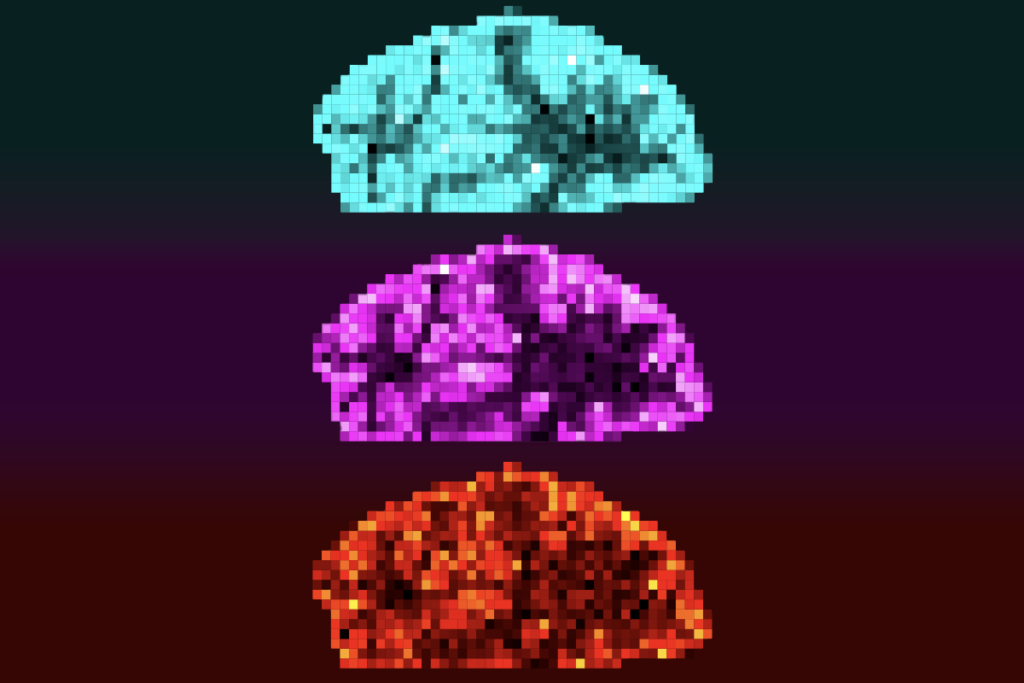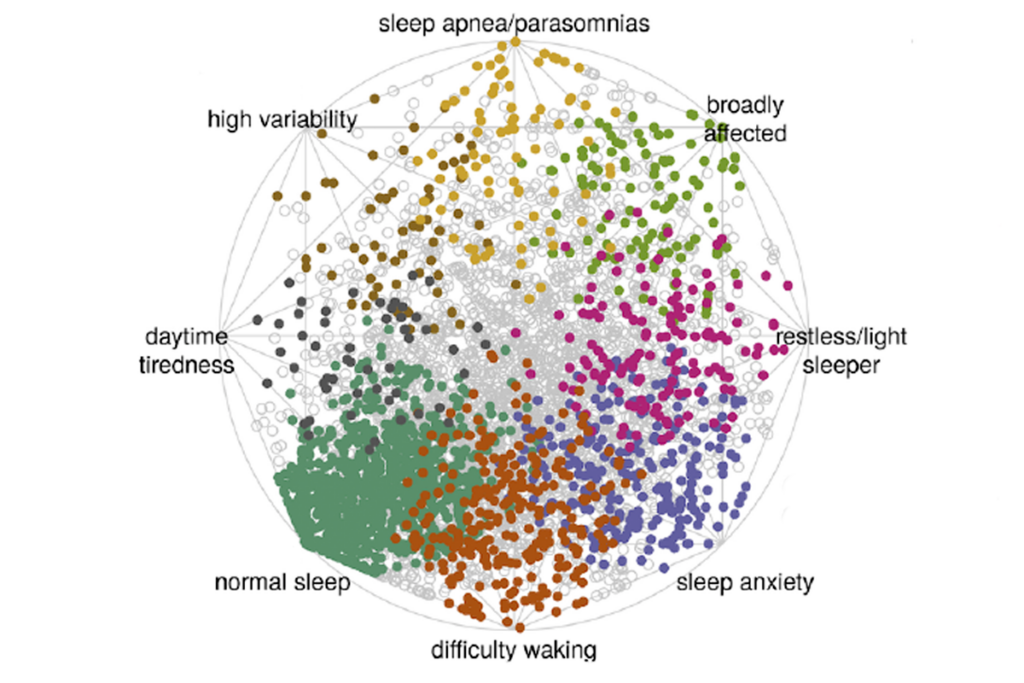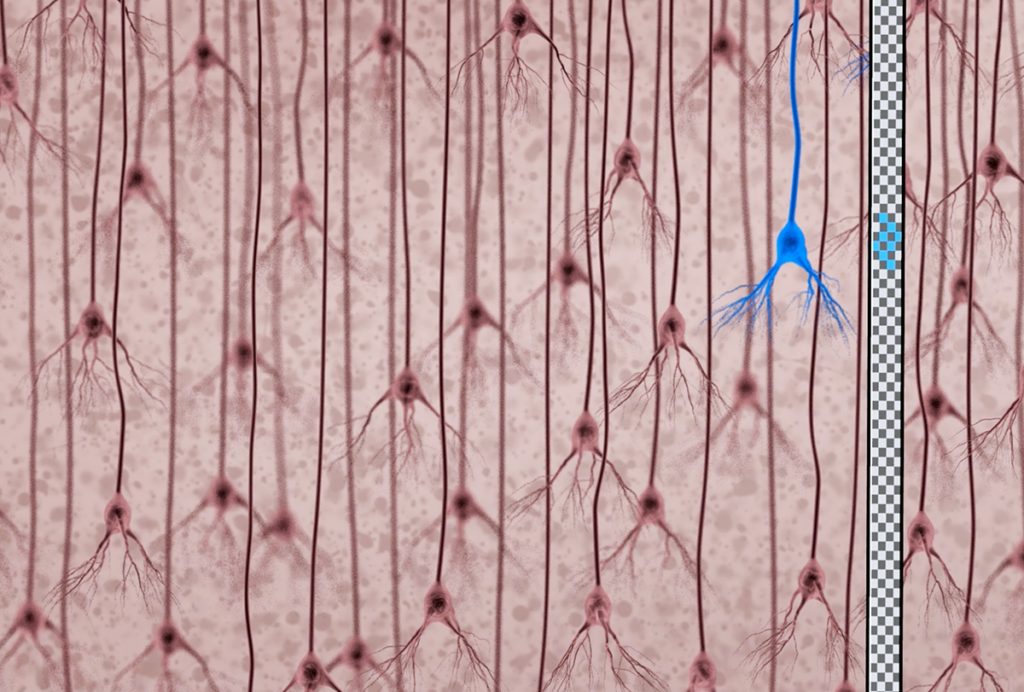Darwinian emotion
Charles Darwin performed what may be the world’s first study of how people interpret and understand the emotions of others, according to a paper published in the Journal of the History of the Neurosciences.
Many years after completing the Beagle voyage, crafting the theory of natural selection and writing the most famous scientific tome of all time, Charles Darwin took up psychology.
In fact, Darwin performed what may be the world’s first study of how people interpret and understand the emotions of others, according to a paper published in the April issue of the Journal of the History of the Neurosciences.
The experiment originated from a disagreement between Darwin and French neurologist G.B.A. Duchenne. Duchenne believed that every emotion expressed on a person’s face is created by a separate muscle. To support this, he went about the grim task of electrically stimulating participants’ facial muscles and photographing the resulting expression, ultimately producing a set of 65 different plates.
Darwin thought it was much more likely that there were just a core number of emotions expressed by a face, and that these were shared across many cultures and species.
To test this, Darwin and his wife, Emma, set up an experiment in their home: they showed 24 house guests a series of 11 Duchenne plates and simply asked them to describe what emotion they saw in each. Only a handful of the faces received similar descriptions from all participants. Darwin reasoned that these emotions — surprise, fear, disgust, anger, happiness and sadness — are universally understood, and described them in his 1872 book, Expression of the Emotions in Man and Animals. The rest of the plates, he argued, showed unnatural expressions.
What’s amazing to me is that today’s researchers use photographs showing the same six expressions to learn about the cognitive underpinnings of autism, and to evaluate possible treatments for the disorder.
Of course, these modern experiments have some technological upgrades, such as computerized faces, eye-tracking machines or brain scanners but, once again, Darwin it seems was ahead of the curve.
Recommended reading
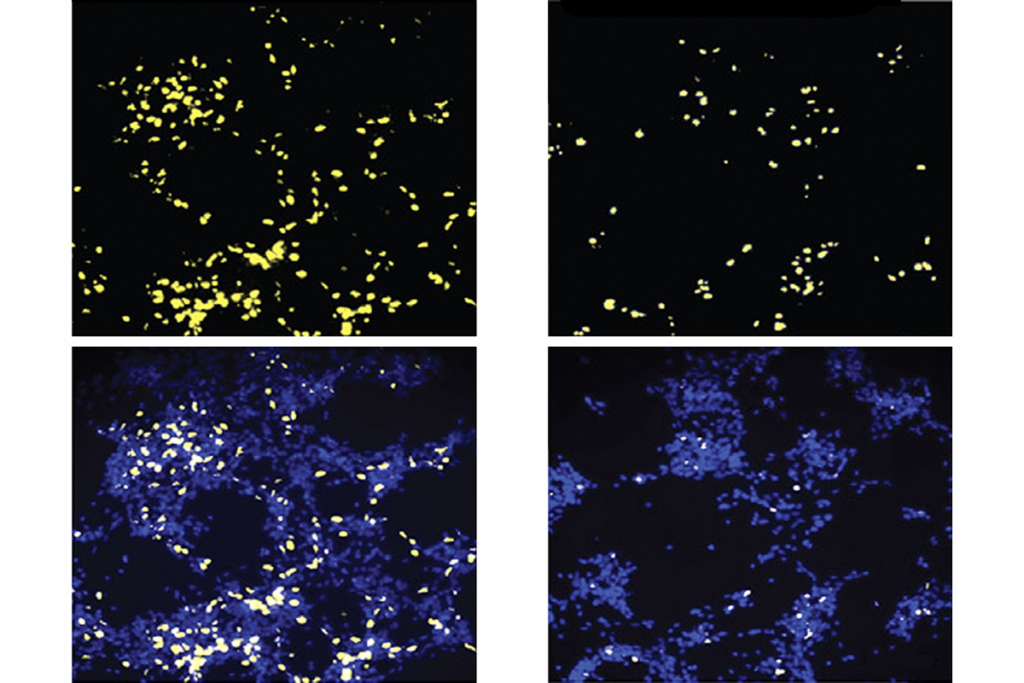
Documenting decades of autism prevalence; and more

Expediting clinical trials for profound autism: Q&A with Matthew State
Explore more from The Transmitter
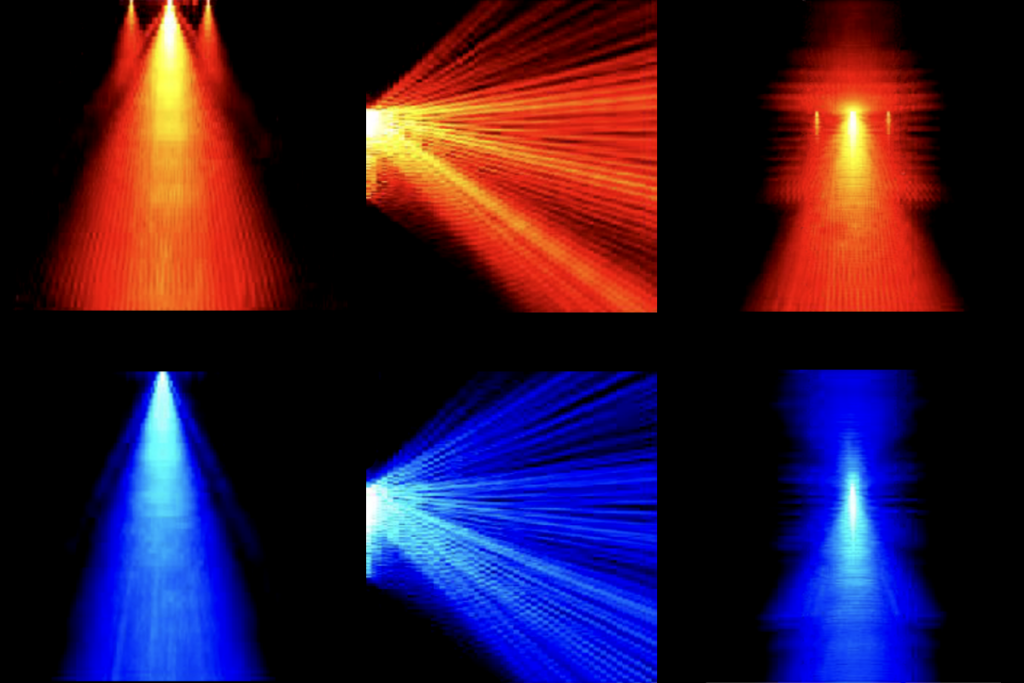
‘Perturb and record’ optogenetics probe aims precision spotlight at brain structures
